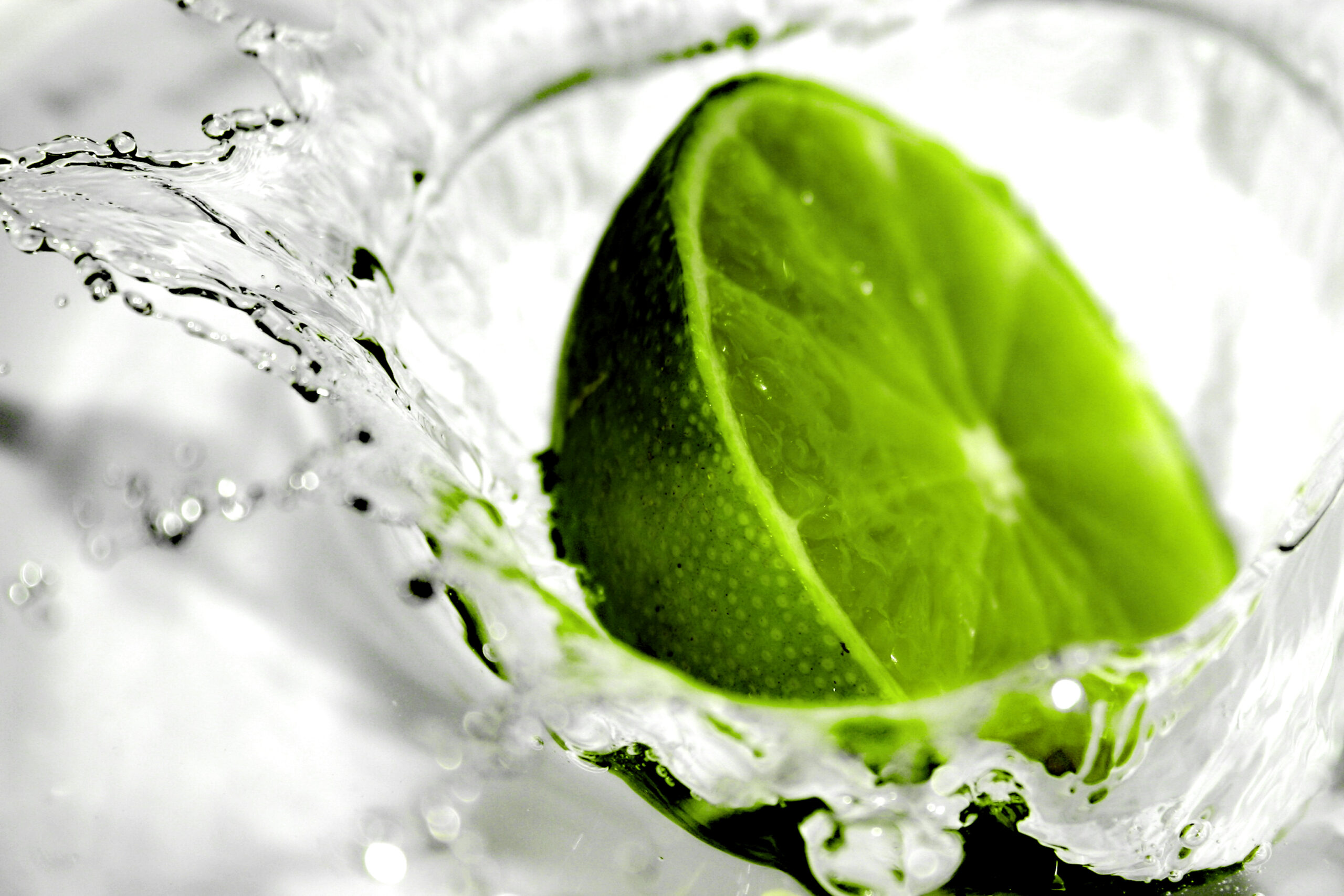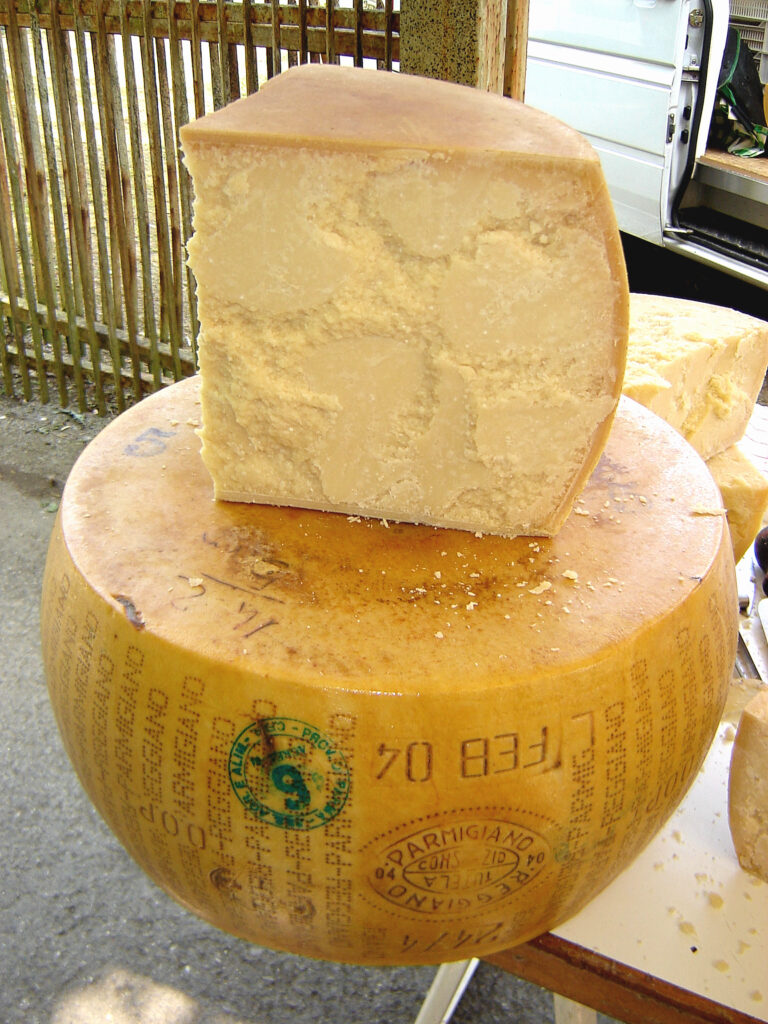Get your pH balance right by eating smart

Reading time 7 mins
How to balance your pH level through your diet
Everything you think you may know about what is acidic or alkaline food-wise may just be wrong. As part of our drive for optimal long-term health, we should understand how to ensure an ideal pH balance. Read on to find out why limes, once digested, are an alkali and hard cheese an acid.
The pH book
I have a stockpile in my garage of things my mum keeps buying me. Hand soaps, floor cleaner, drain detergent; useful but I can only use so much. She did once buy me a brilliant book though. A book about why maintaining the correct pH balance within your body is vital for good health and its advice turned my knowledge of food upside down. The book was published in 2006, this kind of information has been out there for almost 20 years, and yet, most people are unaware of what the foods and fluids consumed are doing once they are inside the body.
What is a pH value?
I’ll avoid giving a chemistry lesson but it helps to have a basic understanding of a pH value. The letters pH stand for potential of hydrogen, aka the power of hydrogen. Put in the most basic way, an acid gives off hydrogen ions and an alkali accepts them. The pH scale was devised in 1923 by Danish biochemist Søren Peter Lauritz Sørensen. PH is a measure of the concentration of hydrogen ions (protons) in aqueous solutions. What this means is any liquid solution that contains water can be scaled in terms of how acidic or alkaline it is. There is no pH value in petrol, pure alcohol or vegetable oil as these substances do not contain water.
The scale runs from acidic to alkaline 0 to 14. 0 would, for example, equate to battery acid; 14 would be something like liquid drain cleaner. The midpoint 7, which is neutral, is water. The list of equivalents to each number is fascinating and, in some cases, surprising.
- 0 – battery acid
- 1 – gastric acid
- 2 – lemon juice, vinegar
- 3 – apple juice, soda
- 4 – tomato juice, acid rain
- 5 – black coffee
- 6 – milk, saliva, urine
- 7 – water
- 8 – eggs, sea water
- 9 – baking soda
- 10 – soap, milk of magnesia
- 11 – ammonia solution
- 12 – caustic soda, soapy water
- 13 – bleach, oven cleaner
- 14 – drain cleaner
How the pH value affects skin care products
A slight detour away from the diet info…. Who knew soap was just one level away from ammonia solution (which is used in house cleaning products)?! Having skin that is too high on the pH scale, ie too alkaline, can leave it flaky and red. Which is exactly what happens to my face if I use soap. Micellar water is popular as a cleanser and has a pH of 8 to 9; I’ve recently learnt, like soap, it does not agree with my skin.
Skincare acids are particularly effective exfoliants to remove dead skin cell layers to reveal a brighter complexion. Your skin’s ability to do this by itself lessens with age. The different types of skincare will have acidic levels that vary on the pH scale. Cleansers are 4.5 – 7, toners and moisturisers 5 – 7, sunscreens 5 – 7.5 and exfoliants 3.2 – 3.9. Then there is hyaluronic acid which hydrates your skin and varies from 5 to 8 (at 8 it’s actually an alkali). Your skin’s natural pH balance should be between 4 – 7 with 4.7 (not a typo!) supposedly being optimum. Healthy skin is slightly acidic to keep moisture in and bacteria out.

How dietary pH affects your health
But skin care isn’t what we’re here to talk about. We’re here to understand the effect different foods have on the body’s pH balance once digested. Humans need a diet of both acidic and alkaline food to be healthy with the body being slightly more alkaline the optimum.
Your body’s metabolic processes produce large amounts of acid that will need to be eliminated from the body. To break that down further, your cells receive oxygen and nutrients and then release the acidic waste back into the blood stream. These functions take place at their best when the body is in a slightly alkaline state; a healthy blood pH reading would be 7.365 – 7.45. When the body becomes more acidic, the cells don’t receive optimal levels of nutrients or oxygen and unreleased waste builds up within the cells. This has been given the name of chronic low-grade metabolic acidosis and will lead to tiredness and/or disease.
Low-grade acidosis
The typical modern western diet comprises of food that will be acidic once consumed. This has led to a rise in osteoporosis, age-related muscle loss, kidney stones, gout, back pain and joint diseases. There are a small number of ill people who will have a high pH reading but on the whole, most ill people, whatever the illness, are overly acidic. In general western people are overly acidic. And even if you don’t consider yourself as ‘ill’, the list of problems from low-grade acidosis reads like a who’s-who of typical daily complaints that many of us will put down to ‘getting older’ or ‘modern life stress’. Everything from compromised immunity to fatigue to inflammation to premature ageing.
What acidity does to your body
The kidneys work to dilute and neutralise acidity prior to its elimination. An acid of pH 4.5 or lower would burn the delicate kidney tissue. In order to neutralise the acidity, the kidneys utilises digested food that has alkaline nutrients along with the acidic nutrients. However if there is not enough or no alkaline food consumed, to neutralise the acidity, the kidneys have to dip into their reserve stores. The stores being a layer around your bones, the bone itself and muscle tissue. Basically the kidneys are raiding your mineral compounds in order to function. That’s a loss of calcium, potassium, magnesium and the alkaline amino acid glutamine. It all sounds so simple; the lack of balance in your food consumption means you’re losing bone and muscle density – which we tend to put down to ‘ageing’.

The pH value of foods
Some clever scientists discovered a way of measuring the ratio of protein to potassium excreted within the acid produced by the kidneys which measures the pH value of a food once it is metabolised. This painstaking process produced some surprising results. My previously mentioned book, where I’ve learnt this dietary pH information, is called The Acid Alkaline Food Guide by Dr Susan E Brown and Larry Trivieri.
I have the first edition printed in 2006. There has since been an update. The first part of the book (and I assume the updated version), explains the science, as above but in a lot more detail. The second half contains food tables – lists of food which are given a high, medium or low rating of either being alkaline-forming or acid-forming. The book lists the foods in alphabetical order, with further breakdowns such as the vinegars section – apple cider, balsamic etc. It will even tell you which bottled water is more alkalising and that vodka isn’t! It lists most cheese as acid forming – yes its pH is alkaline before it’s metabolised but not after. And most citrus fruits are alkaline. As you may expect, refined food and drink will be acidic; fruit, veg and seeds are alkaline.

My conclusion from the book is eat whatever you want but make sure it’s balanced – a diet with alkalising food will neutralise an acid you may eat or drink. The trick is to understand which is which. As you’ve read, that isn’t as simple as we’re led to believe. My go-to is this – if in doubt, drink a glass of water with a slice of lime!
© Ijustwantmybodyback.com